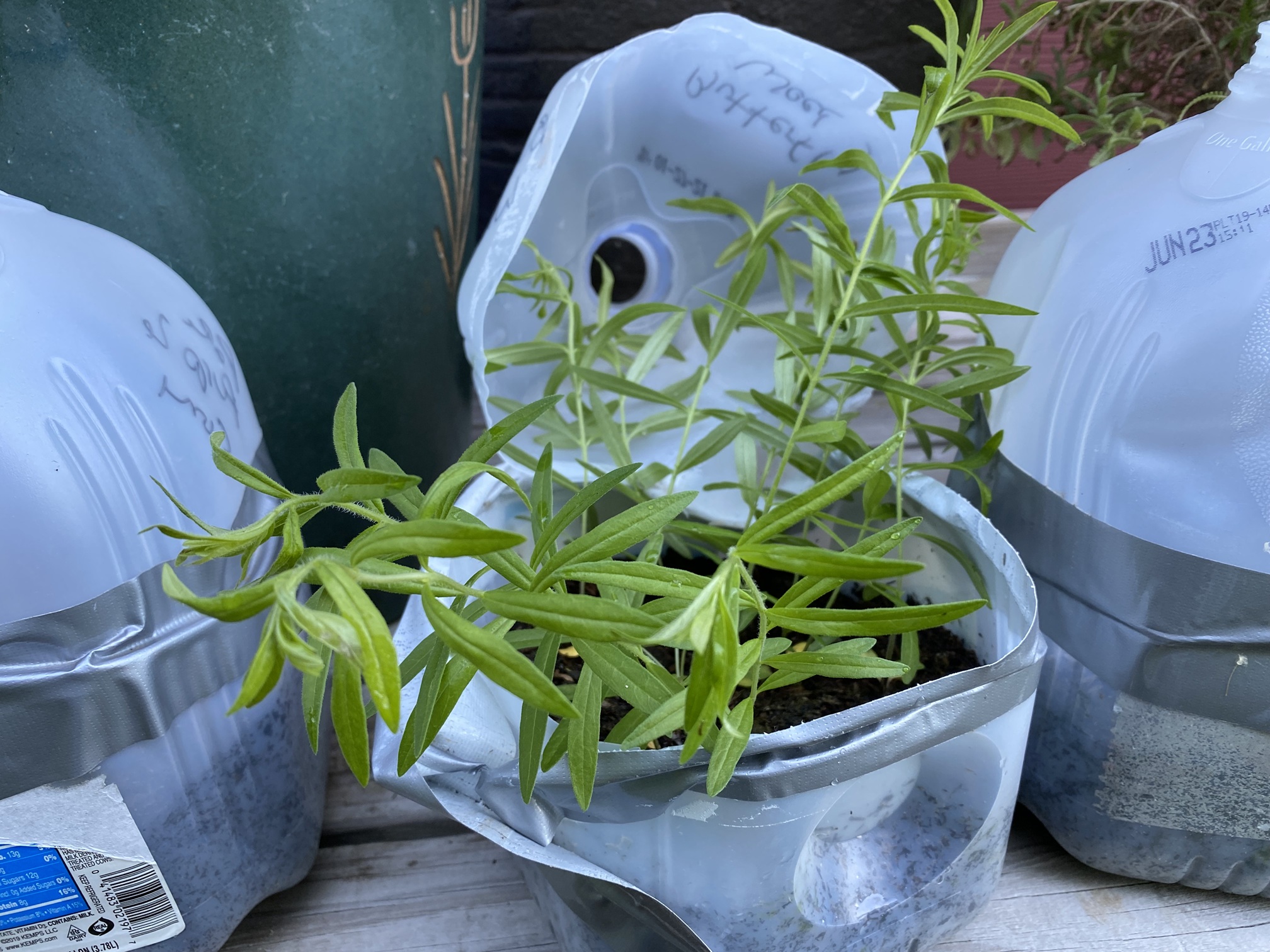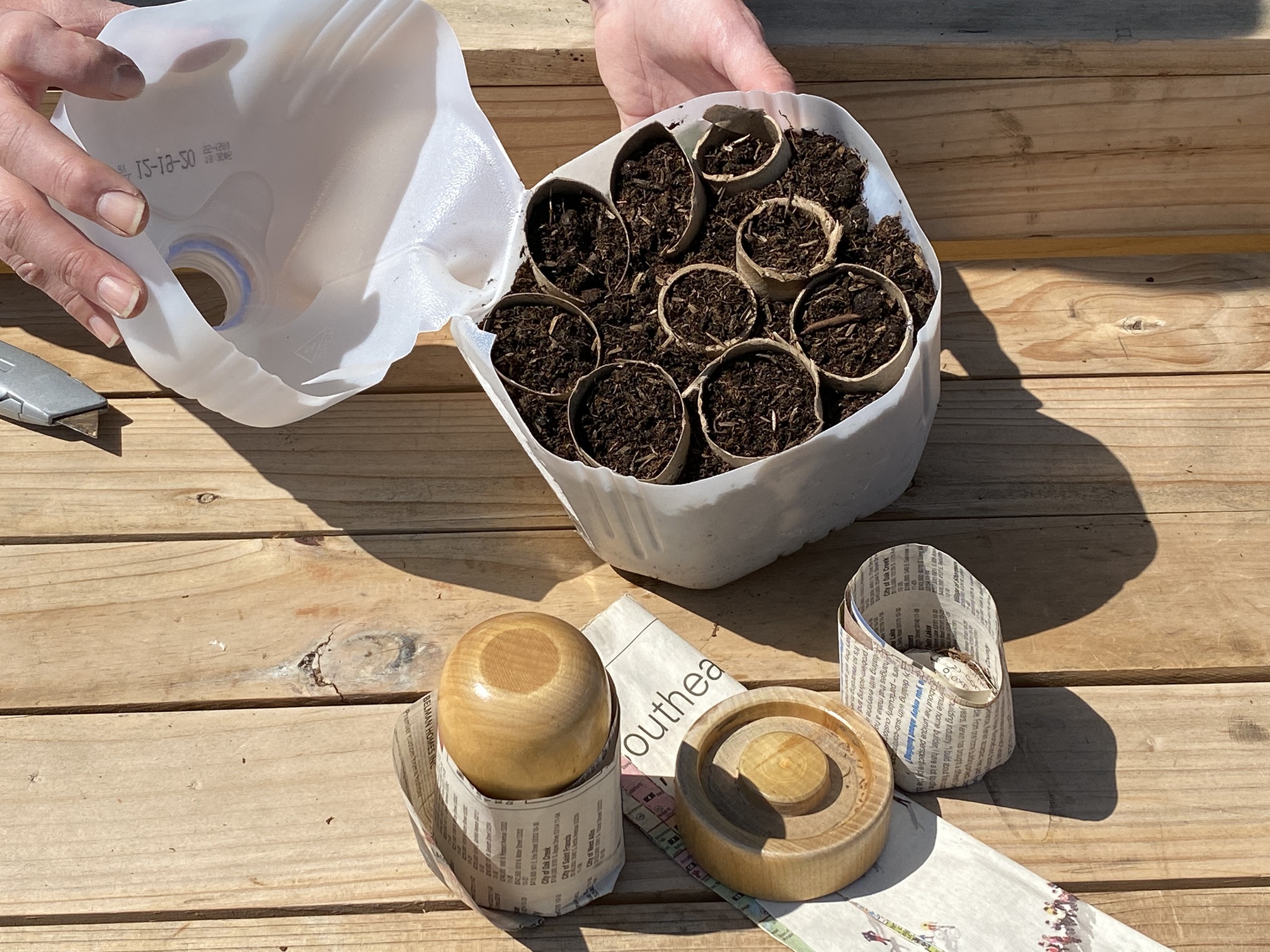Arts and Recreation
Theatre at the Mount Adds Thriller to Its 2026 Season Line-up

Photo courtesy of Theatre at the Mount
All Aboard for Murder!
Theatre at the Mount is thrilled to announce the next stop on our 2026-2027 season journey: Agatha Christie's Murder on the Orient Express--a stylish, suspenseful whodunit that will keep you guessing until the final twist!
Show Dates:
October 2, 3, 4, 9, 10, 11 (2026)
Join the legendary detective Hercule Poirot as he boards the world's most glamorous train--only to find himself in the middle of a murder mystery with a trainload of suspects and secrets. With dazzling period style, razor-sharp dialogue, and edge-of-your-seat intrigue, this stage adaptation is a first-class ticket to theatrical thrills.
This exciting addition joins our already announced blockbusters:
Footloose - August 2026
White Christmas - November 2026
...with one more show still to be revealed!
Stay tuned--the full season is almost complete, and it's shaping up to be unforgettable.
Theatre at the Mount is located at Mount Wachusett Community College, 444 Green Street, Gardner, MA. mwcc.edu/campus-life/tam
Regional News
Second Chance Surpasses All Time Record - Helping More Than 59,000 Pets in 2025 with a Month to Go
Nonprofit Appeals for Support as Demand for Services Continues to Rise

Once weak and skinny with a life-threatening condition, one-year-old Gwinnie is now healthy and loved. She is just one of the more than 59,000 pets Second Chance helped this year.
Photo courtesy of Second Chance Animal Services
EAST BROOKFIELD, MA (December 9, 2025) - Second Chance Animal Services has already helped more than 59,000 pets in 2025 with one month remaining in the year. This milestone surpasses last year's record of 56,000 pets helped and highlights both the expanding reach of the organization and the escalating crisis facing pet owners and shelters across the region.
"This year has brought an extraordinary number of pets through our doors. To have already helped over 59,000 pets is remarkable, but it is also deeply troubling how many families and shelters are struggling," said CEO and founder Sheryl Blancato. "We are privileged to make such an impact, but the challenges continue to grow as more pet owners face financial hardships and more shelters operate at capacity."
Second Chance's four community veterinary hospitals are experiencing unprecedented demand from pet owners who rely on affordable care to keep their companion animals healthy and at home. At the same time, the organization's pet food pantry program has seen dramatic growth as well. Through this program, Second Chance distributes pet food to local human food pantries, so families do not have to choose between feeding themselves and feeding their pets. Even with this support and with all the programs Second Chance offers, some local pet owners still find themselves unable to keep their pets due to financial constraints. Blancato noted that these situations are heartbreaking for families and for the staff who work to keep pets and their people together whenever possible.
Shelters across the country continue to face severe overcrowding. Second Chance is taking in as many pets as possible while also providing the resources and care that prevent unnecessary surrenders. The need, however, continues to outpace available resources.
This historic year has also brought significant recognition for Second Chance and its impact on pets and the community. The organization was honored with multiple Best of Central Mass awards in both the Pet Grooming and Veterinarian categories. Second Chance received the Super 60 Nonprofit Award from the Springfield Regional Chamber, earned the 2025 Platinum Seal of Transparency from Candid, was awarded a four-star rating from Charity Navigator and was also named a Top Nonprofit on greatnonprofits.com.
In addition, Second Chance veterinarian Dr. Lisa Nowicki was recognized with the Massachusetts Veterinary Medical Association Merit Award for her dedication to advancing veterinary care and improving the lives of pets in need.
"These honors reflect the commitment of our entire team and the generosity of our supporters," Blancato said. "They remind us that behind every award is a pet whose life was changed for the better."
Despite expanding programs to meet the rising demand, the nonprofit faces significant financial pressure. Blancato is urging supporters to help ensure that lifesaving services remain available to every pet that needs them.
"Every gift makes a direct difference. Whether it keeps a beloved pet with their family or provides critical medical care for a pet in crisis, support from the community is the reason we can keep saying yes," Blancato said.
The organization welcomes support of any kind and is encouraging donors to consider becoming Monthly Pet Pal Champions by enrolling in recurring giving. Blancato noted that monthly support provides vital stability and helps Second Chance respond to emergencies and plan ahead with confidence, but added that every gift, whether one time or monthly, plays an essential role in helping pets in need.
Donations and monthly enrollments can be made at www.secondchanceanimals.org or by mail to Second Chance, PO Box 136, East Brookfield, MA 01515.
Financial Focus®
New Year's financial resolutions: Making them stick
As the calendar flips to a new year, millions of Americans pledge to improve their financial lives. But without a concrete plan, those well-intentioned resolutions often fade quickly. Financial goals consistently top the list of New Year's resolutions. A 2025 CFP Board study shows that financial resolutions are prominent, with saving more money (45%) and reducing debt (32%) ranking among the top three goals. Unfortunately, most resolutions don't last. A 2023 Forbes Health poll found that over half of people give up on resolutions by the four-month mark and only 1% make it the full year.
The challenge isn't a lack of desire for change. People may set the same resolution year after year, revealing a disconnect between intentions and action. Or it may be that they try to tackle too many goals at once, or aim higher than is realistic, setting themselves up for disappointment.
Set smart financial goals. Before crafting your action plan, consider which financial priorities matter most to you. If you need ideas, here are some areas where you may want focus in 2026:
- Regularly review your financial goals and track progress toward meeting them
- Increase your 401(k) contributions or max out your IRA and/or HSA contributions
- Pay down debt strategically and negotiate lower interest payments
- Build an emergency savings fund of six to 12 months
- Save more consistently
This shift from general to specific transforms wishful thinking into actionable steps. When goals are attainable, it's easier to track progress and stay motivated.
Find an accountability partner. Don't go it alone. Having someone to check in with can help you stay on track. This could be a spouse, friend or family member who shares similar goals.
Consider working with a financial advisor who can help you create a realistic plan, monitor your progress and adjust strategies as needed. A professional can provide expertise and accountability, making it easier to stay on track throughout the year.
Start small and build momentum. Rather than overhauling your entire financial life all at once, focus on one or two priority areas. Identify where the largest gap exists between your current situation and where you want to be, then concentrate your energy there.
Breaking larger goals into smaller, manageable actions makes them less overwhelming and more achievable. Each small win builds confidence and momentum for tackling the next challenge.
The new year offers a fresh start and renewed motivation to improve your financial health. With specific goals, a solid action plan and the right support system, this could be the year your financial resolutions finally stick.

This content was provided by Edward Jones for use by Jordyn Lynds, your Edward Jones financial advisor at 978-297-7452 or stop by 113 Central St. Winchendon, MA 01475.
Edward Jones is a licensed insurance producer in all states and Washington, D.C., through Edward D. Jones & Co., L.P. and in California, New Mexico and Massachusetts through Edward Jones Insurance Agency of California, L.L.C., Edward Jones Insurance Agency of New Mexico, L.L.C., and Edward Jones Insurance Agency of Massachusetts, L.L.C.
Gardening


Winter sowing allows gardeners to start transplants from seeds outdoors using recycled items.
Photos courtesy of MelindaMyers.com
Turn off the grow lights, gather a few milk jugs and potting mix and start planting seeds. Winter sowing is a way to start transplants from seeds outdoors without a greenhouse or cold frame.
You'll save money on equipment and time tending the seeds and seedlings. Just transform milk jugs, soda bottles and other items into mini grow chambers to start some of your favorite and hard to find transplants from seeds.
Gather flower and vegetable seeds, milk jugs or two-liter soda bottles, duct tape, a quality potting mix and weatherproof marker. Check the seed packet for information on planting details and timing. Winter sowing dates vary with the growing climate, individual gardener, and the seed variety you are planting.
Try starting hardy perennials, hardy and self-seeding annuals, and cold weather vegetables now through late winter. Other flowers and vegetables seeds are typically winter sown at about the same time you would plant them indoors or a month or two before the transplants get moved into the garden. Keep a record of your planting dates and results to help you fine tune your planting schedule and increase future success.
Wash containers and make four to 12 small holes in the bottom of the jug for drainage. A hot skewer, knife, screwdriver or drill work well for this step. Next, partially cut the jug to create a hinged lid. Make your cut about three to four inches above the bottom, leaving the area with the handle attached so it forms a hinge. Use the bottom of the milk jug handle as your guide.
Place a coffee filter or piece of paper towel over the drainage holes to contain the potting mix while still allowing water to drain. Fill the bottom with moist, quality potting mix. Plant seeds at the depth and spacing recommended on the seed packet. Mix smaller seeds with sand to help with proper spacing. Gently water until the excess runs out the bottom of the container.
Make transplanting easier by using the cardboard tubes from toilet paper to help space winter sown seedlings. Cut the toilet paper cardboard tubes to the right height and set them in the milk jug. Fill the bottom of the milk jug with potting mix and plant the seeds. Otherwise, plan on doing some careful separating of the individual seedlings in each milk jug or soda bottle.
Label the inside and outside of the jug with a permanent marker. Close the lid and seal it shut with duct tape. Remove the cap before setting your milk jugs in a sunny location outdoors where rain and snow can reach it. Set jugs in a milk crate in windy locations and protect them from curious pets and wildlife if needed.
Water your outdoor seed starting chambers during snow-free and dry weather. This will be much less often than those seedlings growing indoors under artificial lights.
Your plants will be ready to move into the garden at their normal planting time. Just open the lid, harden off the seedlings and move them into the garden.
Melinda Myers has written over 20 gardening books, including The Midwest Gardener's Handbook, 2nd Edition and Small Space Gardening. She hosts The Great Courses "How to Grow Anything" instant video series and the nationally-syndicated Melinda's Garden Moment radio program. Myers is a columnist and contributing editor for Birds & Blooms magazine and her website is www.MelindaMyers.com.
